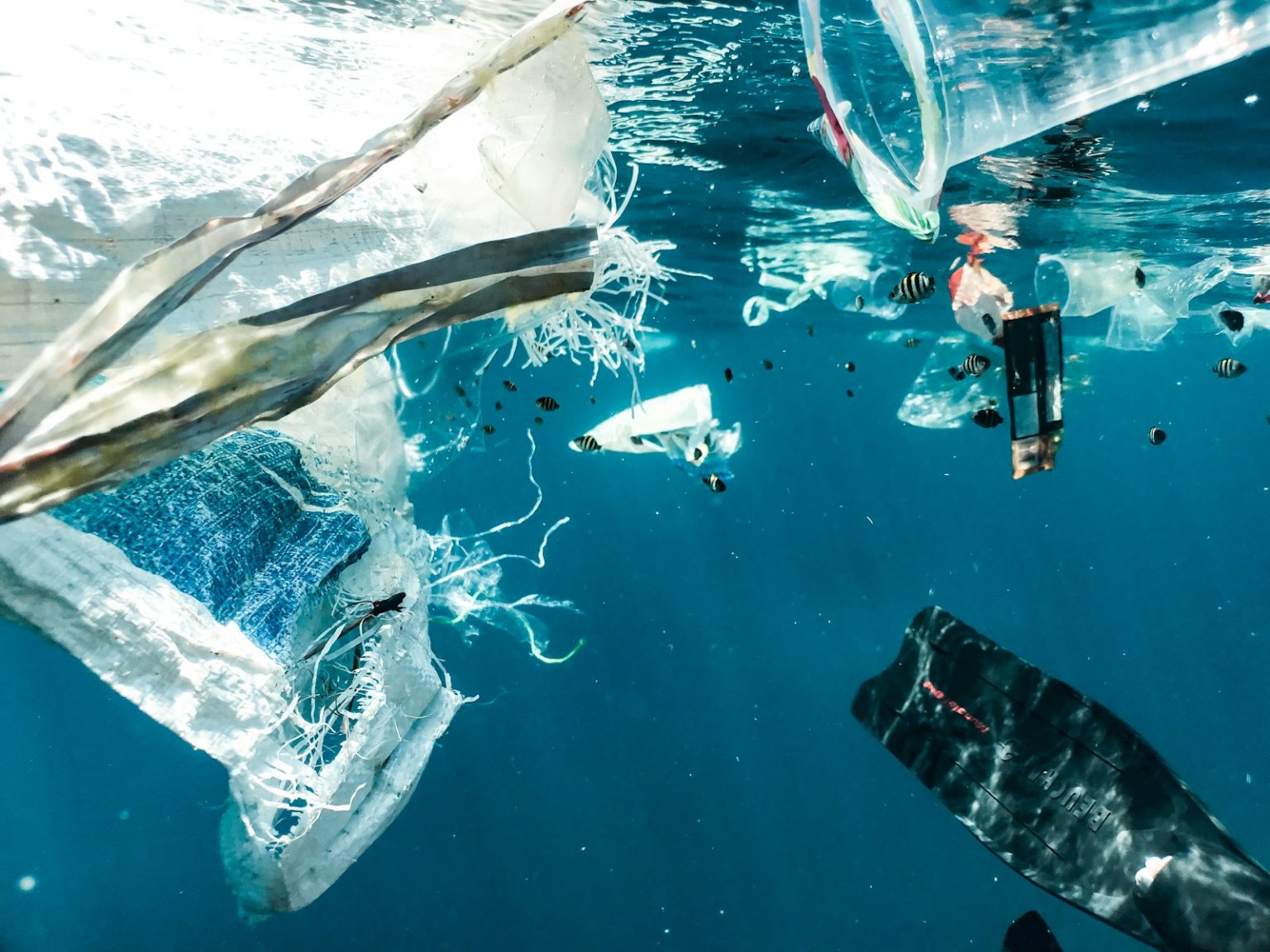Plastic pollution has emerged as a critical environmental challenge, with vast quantities of discarded plastic inundating our planet and posing significant threats to wildlife and potentially human health. Despite efforts to address this crisis, the sheer volume of plastic waste overwhelms current waste management systems globally, prompting urgent calls for action.
Originating primarily from the proliferation of disposable plastic products, plastic pollution is starkly visible in developing nations where inadequate garbage collection exacerbates the issue. However, developed countries with low recycling rates also grapple with the proper disposal of plastic waste. The severity of this crisis has spurred initiatives, including the proposal for a global treaty by the United Nations to tackle plastic pollution comprehensively.
Plastic, a product of the fossil fuel industry, has transformed modern society since its inception just over a century ago. Its lightweight, durable nature has facilitated innovations across various sectors, from transportation to medicine. Plastics have revolutionised healthcare, facilitated space exploration, and contributed to fuel efficiency and pollution reduction in automotive and aviation industries.
However, the proliferation of single-use plastics, which constitute 40 percent of total plastic production annually, epitomises the darker aspects of plastic consumption. Products like plastic bags and food wrappers, designed for momentary use, endure for centuries in the environment, contributing significantly to pollution.
Key statistics underscore the magnitude of the plastic pollution crisis:
- Over half of all plastics ever manufactured have been produced in the last two decades.
- Plastic production has surged from 2.3 million tons in 1950 to a staggering 448 million tons by 2015, with projections indicating a doubling of production by 2050.
- Each year, approximately eight million tons of plastic waste enter oceans from coastal regions, equating to five garbage bags of trash per foot of coastline globally.
- Additives in plastics enhance their properties but extend their lifespan as litter, with some estimates suggesting it takes at least 400 years for plastics to degrade fully.
The journey of plastic pollution from land to sea illustrates its global reach. Most oceanic plastic originates from land-based sources, transported by major rivers acting as conduits for waste. Ocean currents further disperse plastic debris worldwide, exemplified by findings on Henderson Island, where plastic items from various continents have accumulated, propelled by ocean gyres.
The degradation of plastic waste into microplastics exacerbates the crisis, presenting new threats to both marine life and human health. Sunlight, wind, and wave action fragment plastic into minuscule particles, dispersing them across the water column and even infiltrating remote environments like Mount Everest and the Mariana Trench. Microplastics have infiltrated the food chain, with detrimental effects observed in aquatic species and even detected in human tissues.
Wildlife bears the brunt of plastic pollution, with millions of animals succumbing to entanglement, ingestion, or starvation annually. Seabirds, in particular, are vulnerable, with nearly every species documented to ingest plastics. Marine mammals and fish suffer similar fates, with plastic consumption leading to physical injuries, organ perforation, and reproductive disruptions.
Efforts to mitigate plastic pollution face significant challenges, particularly in oceanic environments where retrieval becomes near impossible once plastics fragment into microplastics. Mechanical systems like the “Mr. Trash Wheel” offer localized solutions for inland waters but are ineffective against oceanic microplastics.
The imperative solution lies in prevention, emphasising enhanced waste management, recycling infrastructure, sustainable product design, and reduced reliance on single-use plastics. Advocates, including the National Geographic Society, advocate for systemic changes to curb plastic pollution at its source and safeguard the health of ecosystems and human populations.
In conclusion, plastic pollution represents a multifaceted global challenge with far-reaching ecological and health implications. Addressing this crisis demands concerted international efforts to implement sustainable practices, mitigate plastic waste generation, and safeguard biodiversity for future generations.


